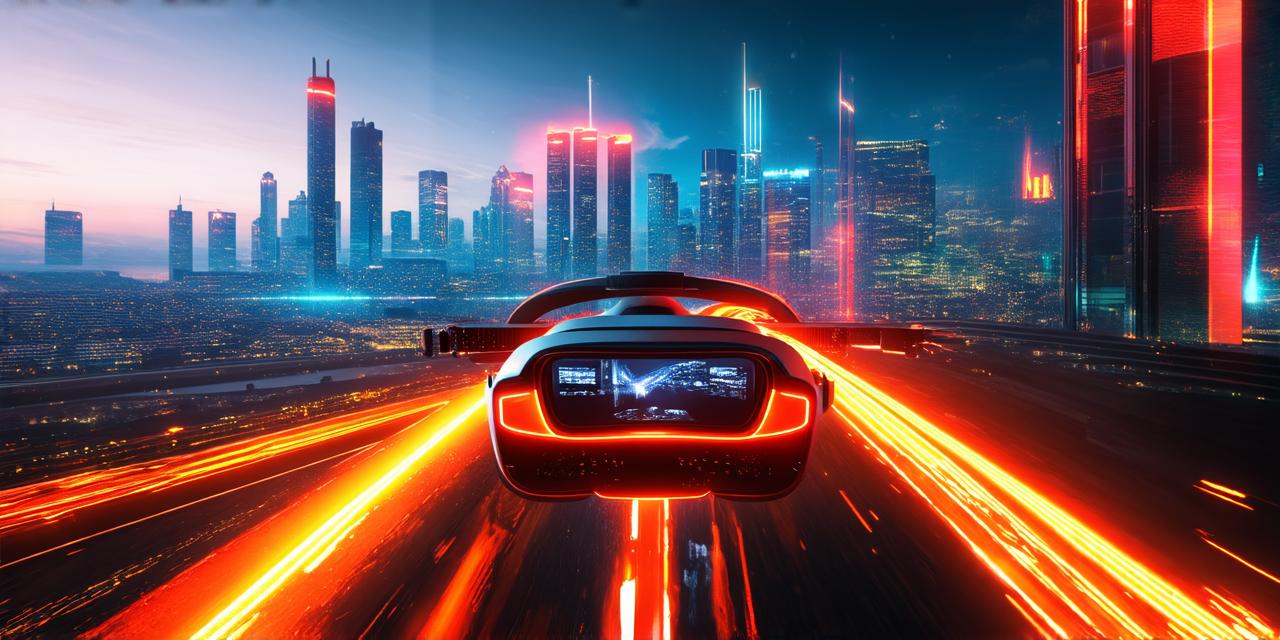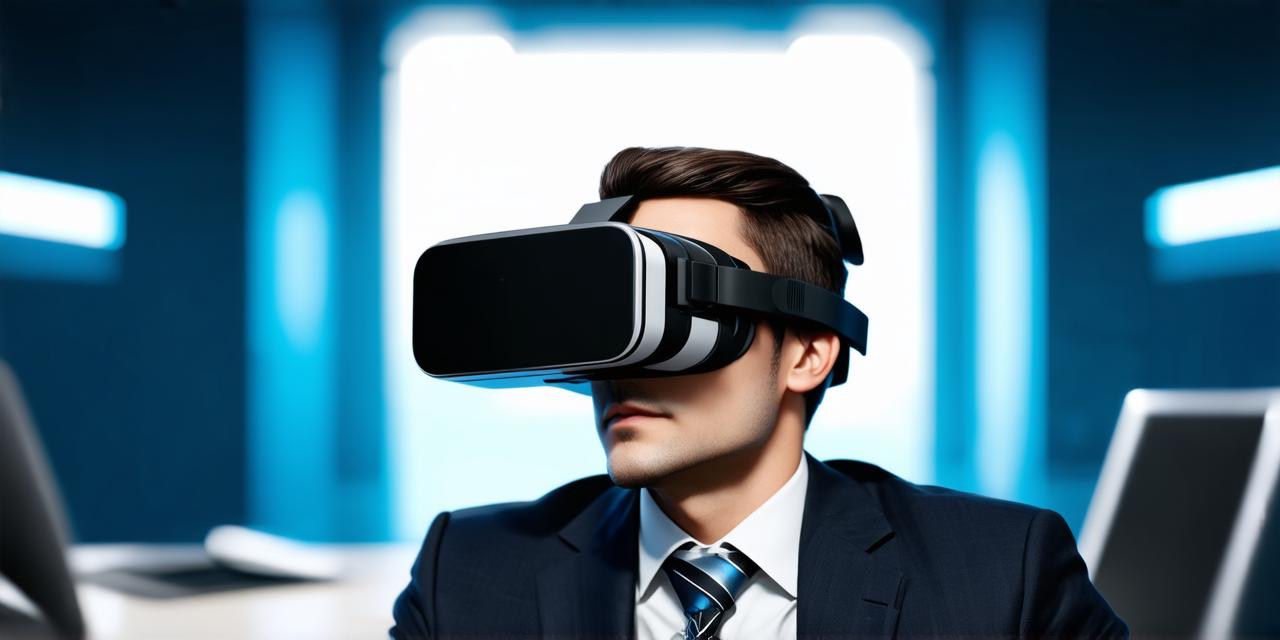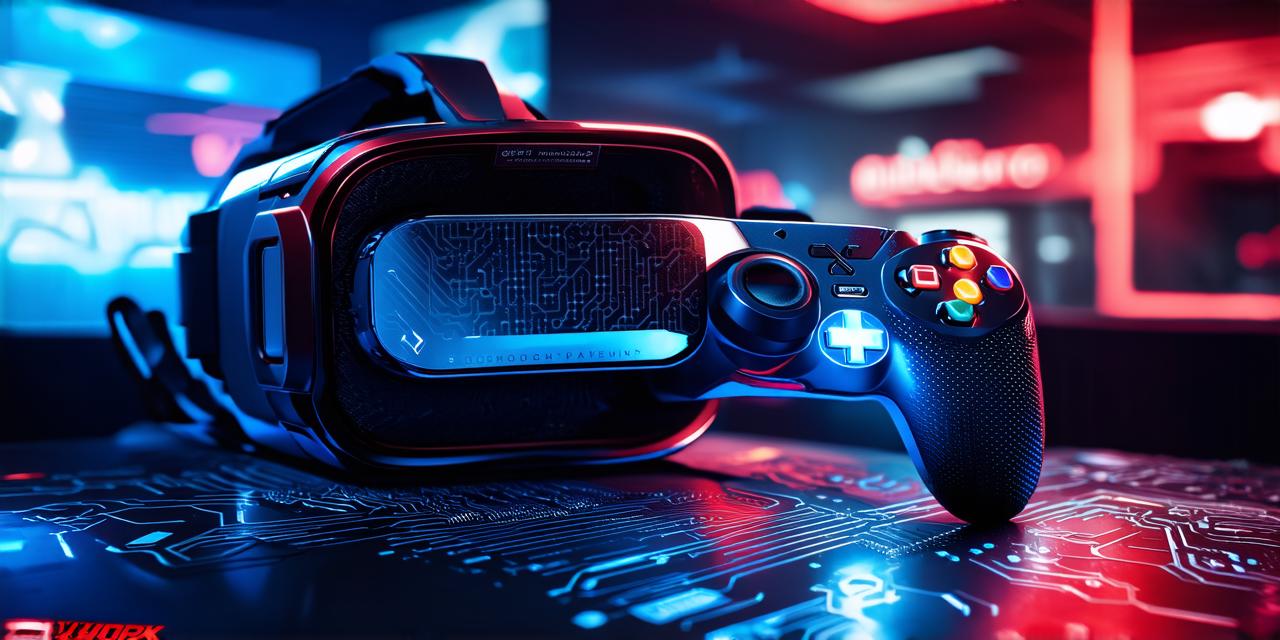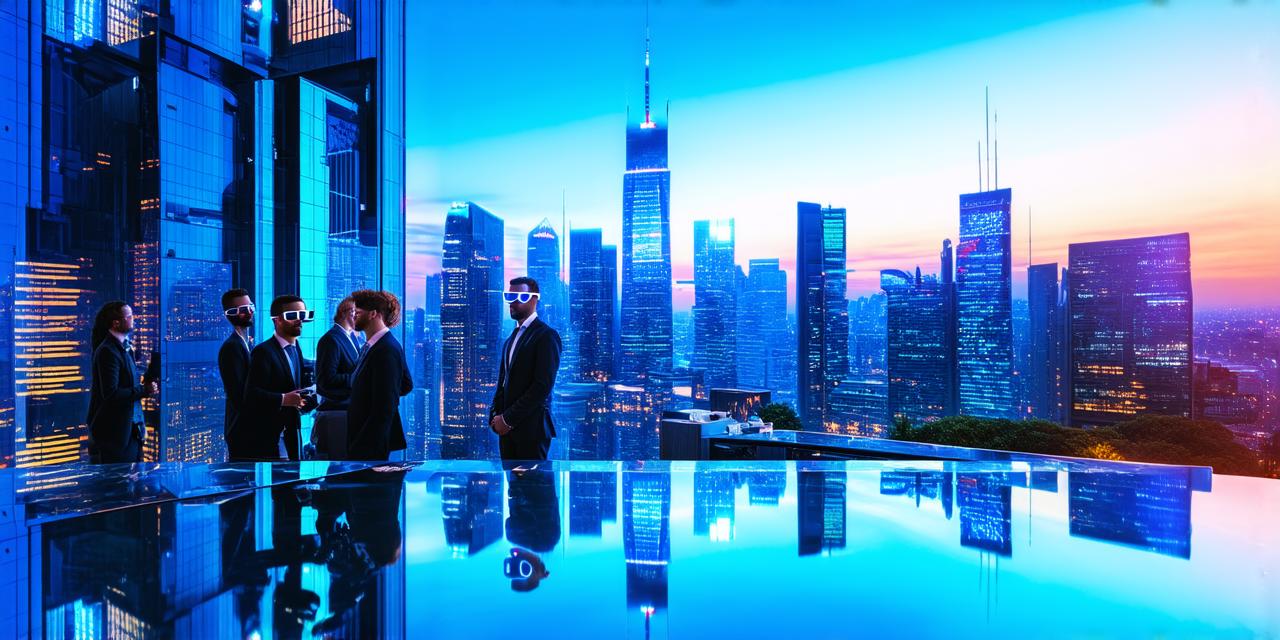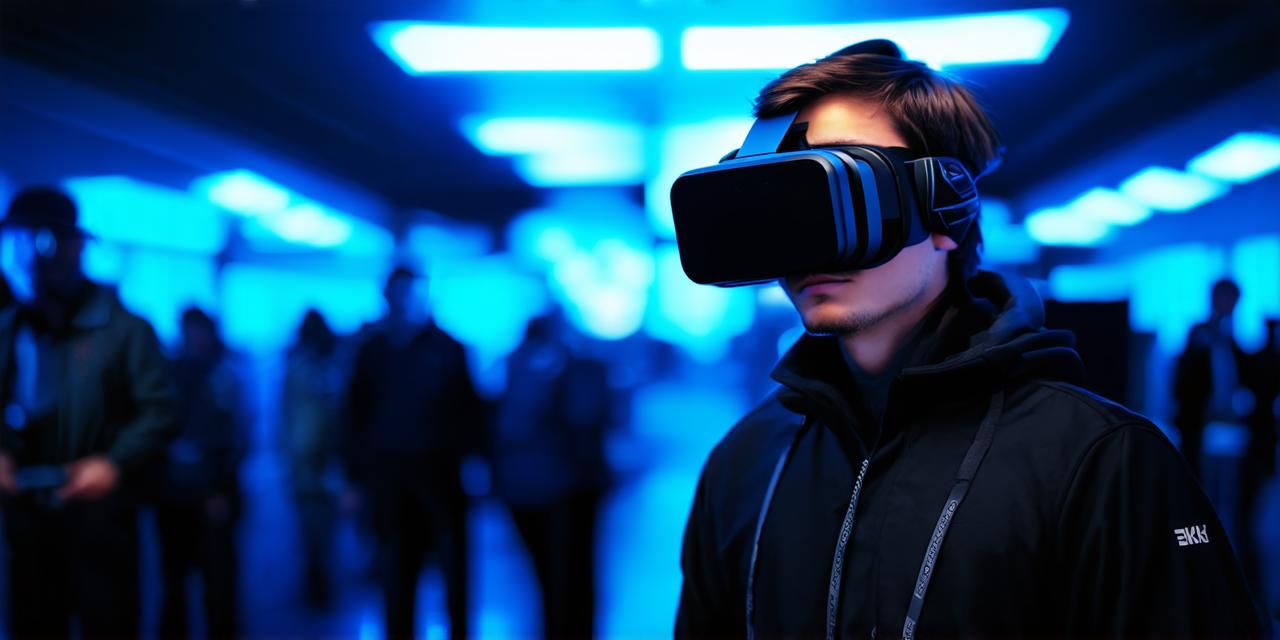As technology continues to advance at an unprecedented pace, the line between virtual reality (VR) and actual reality is becoming increasingly blurred. Augmented reality (AR) and mixed reality (MR) technologies are transforming the way we interact with the world around us, offering new opportunities for innovation and engagement.
What is Augmented Reality?
AR is a technology that overlays digital information on top of the real world. This can include anything from simple graphics and animations to more complex interactive elements, such as virtual objects that can be interacted with in real time. AR is often used in gaming and entertainment, but it has many practical applications in other areas as well, such as education, healthcare, and manufacturing.
What is Mixed Reality?
MR is a technology that combines elements of both AR and VR, creating a hybrid environment that can be experienced through headsets or other devices. MR typically involves a combination of real-world cameras and sensors, as well as computer-generated graphics and animations that are overlaid on top of the real world.
Case Studies: How AR and MR are Being Used Today
There are already many exciting examples of how AR and MR are being used to create innovative experiences in a variety of industries. Here are just a few:
-
Healthcare: AR and MR are being used in healthcare to improve surgical outcomes and enhance patient education. For example, the University of California, San Francisco is using AR technology to train medical students by overlaying digital anatomy onto real-world cadavers.
-
Education: AR and MR are also being used in education to create more engaging and interactive learning experiences. For example, the company Aurasma has created an AR app that allows students to explore historical sites in 3D, using their smartphones to see how buildings and monuments would have looked in their original context.
-
Manufacturing: AR and MR are being used in manufacturing to improve production efficiency and reduce costs. For example, General Electric is using AR technology to help assembly line workers locate and repair faults in aircraft engines more quickly and accurately.
-
Advertising: AR and MR are also being used in advertising to create immersive experiences that grab customers’ attention and drive engagement. For example, Coca-Cola used an AR app to create a virtual vending machine that allowed customers to try different flavors of their product before buying them.
The Future of AR and MR: Trends and Predictions
As AR and MR continue to evolve, we can expect to see even more exciting developments in the coming years. Here are some trends and predictions to watch out for:
-
Improved hardware: As the technology behind AR and MR continues to improve, we’ll see better hardware and more advanced devices that can handle more complex tasks and applications. This will make it possible to create even more immersive and realistic experiences.
-
Increased adoption: As more businesses and organizations adopt AR and MR technologies, we’ll see a wider range of applications and use cases. This will drive innovation and help to push the boundaries of what’s possible with these technologies.
-
Greater integration: As AR and MR technologies become more commonplace, we’ll see them integrated into everyday tools and devices, such as smartphones and tablets. This will make it easier for users to access and interact with AR and MR content from anywhere and at any time.
-
New forms of interaction: As AR and MR technologies continue to evolve, we’ll see new forms of interaction that allow users to engage with digital content in more intuitive and natural ways. This will make it easier for users to immerse themselves in the experience and create a more seamless transition between the real world and virtual environments.
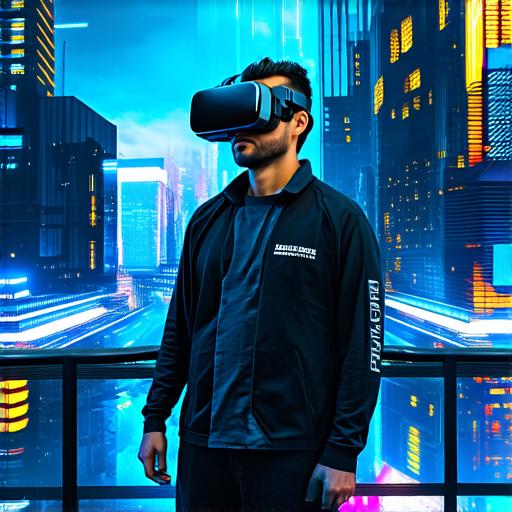
Summary
AR and MR are two of the most exciting technologies of our time, offering new opportunities for innovation and engagement that were previously impossible. As these technologies continue to evolve, we can expect to see even more exciting developments in the coming years. Whether you’re a developer, business leader, or simply someone who enjoys exploring new technologies, there’s no doubt that AR and MR will have a profound impact on the way we interact with the world around us.
FAQs
Here are some frequently asked questions about AR and MR:
-
What is the difference between Augmented Reality and Virtual Reality?
-
What are some examples of how AR and MR are being used in healthcare?
-
What are some examples of how AR and MR are being used in education?
-
What are some examples of how AR and MR are being used in manufacturing?
-
What are some examples of how AR and MR are being used in advertising?
